33 Reasons You Should Never Buy A Chrysler
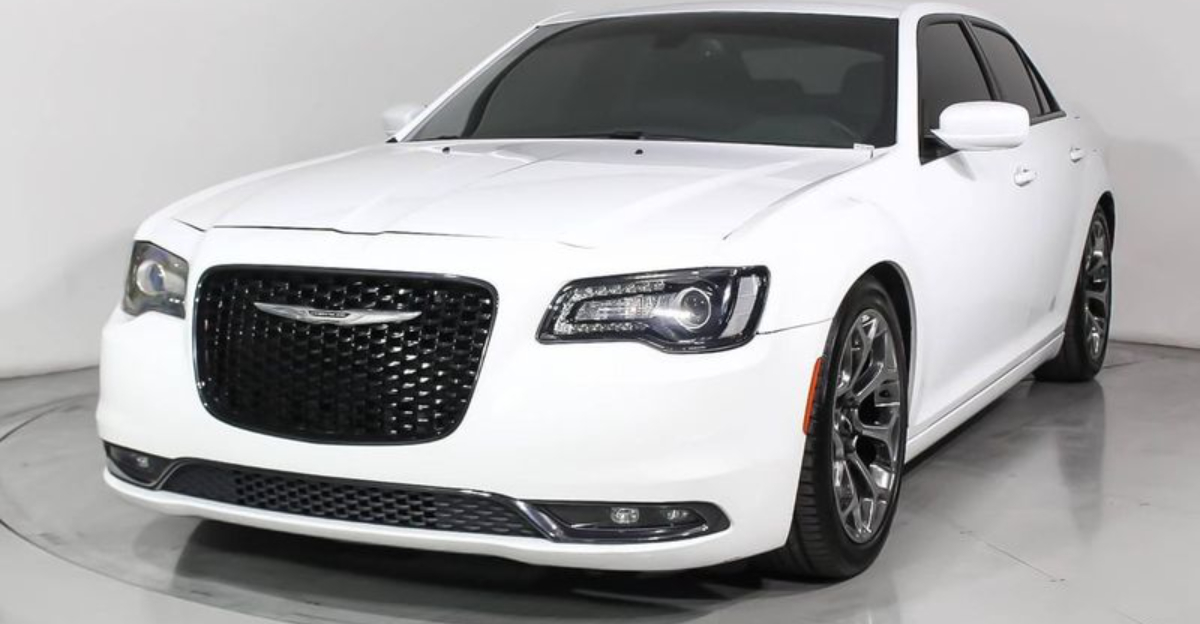
A buddy of mine once bought a used Chrysler Sebring because “it looked like a deal.”
He was all smiles for about three weeks, until the electrical gremlins showed up, followed by a transmission that forgot how to shift.
By month two, the glovebox was holding more repair receipts than registration papers.
Chrysler has made a few solid hits, but it’s also responsible for some of the most infamous ownership headaches in modern automotive history.
Talk to enough former owners, and you’ll hear more cautionary tales than success stories.
1. Reliability Nightmares
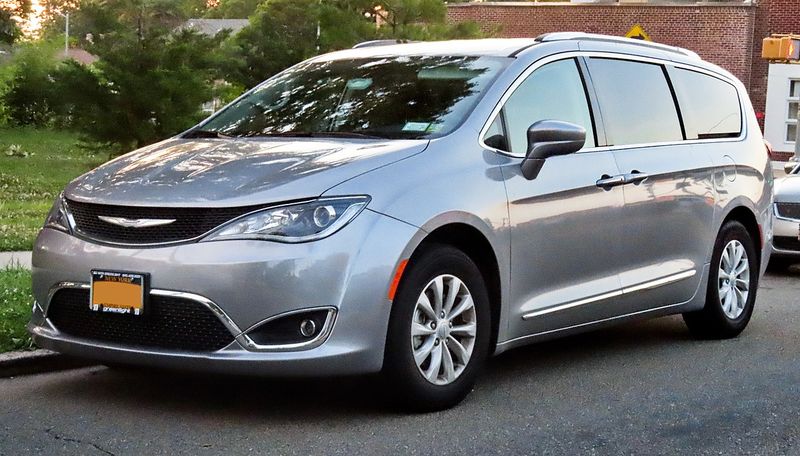
Consumer Reports consistently ranks Chrysler near the bottom for reliability. Year after year, owners report frustrating breakdowns that leave them stranded or facing expensive repair bills.
The brand’s persistent reliability issues aren’t just annoying—they can seriously impact your daily life and wallet.
Many owners find themselves on a first-name basis with their mechanics within the first year of ownership.
2. Value Vanishes Instantly
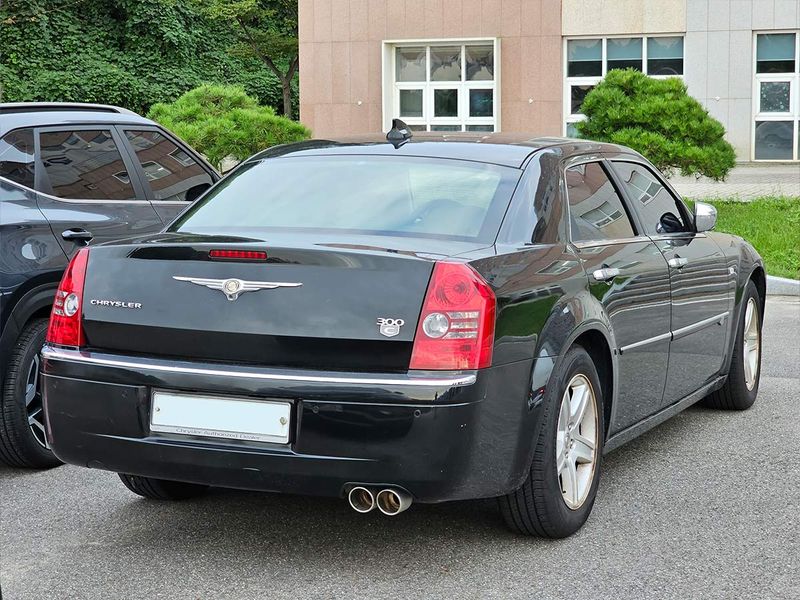
Drive that new Chrysler off the lot and watch thousands of dollars evaporate faster than morning dew.
These vehicles depreciate at alarming rates, losing up to 45% of their value in just three years. Financial experts often use Chrysler as a textbook example of poor automotive investments.
What costs you $30,000 today might fetch barely $16,500 when you’re ready to sell or trade in just a few years later.
3. Stone Age Tech Features
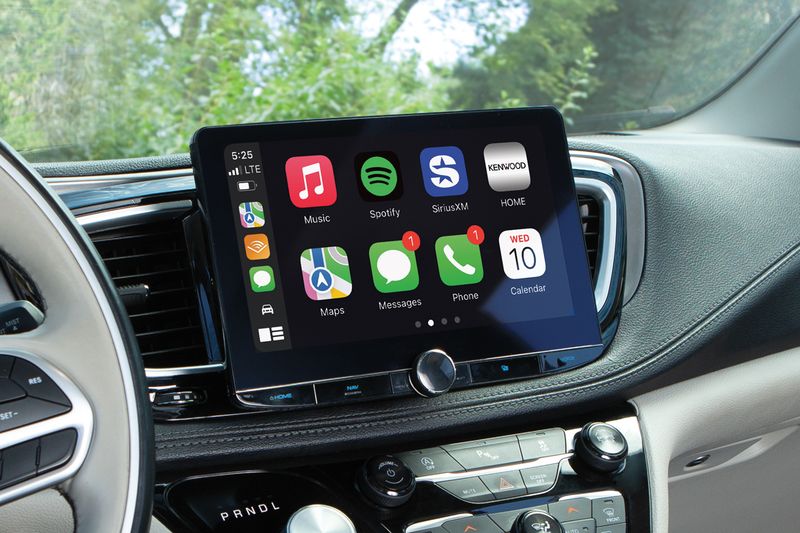
While competitors race ahead with cutting-edge technology, Chrysler seems stuck in a time warp.
Their infotainment systems and driver assistance features often feel generations behind what you’d find in similarly priced vehicles.
Touch screens lag, voice commands misunderstand basic instructions, and connectivity issues plague even their newest models.
For tech-savvy drivers, sliding behind the wheel of a Chrysler can feel like downgrading your smartphone to a flip phone.
4. Cabin of Compromises
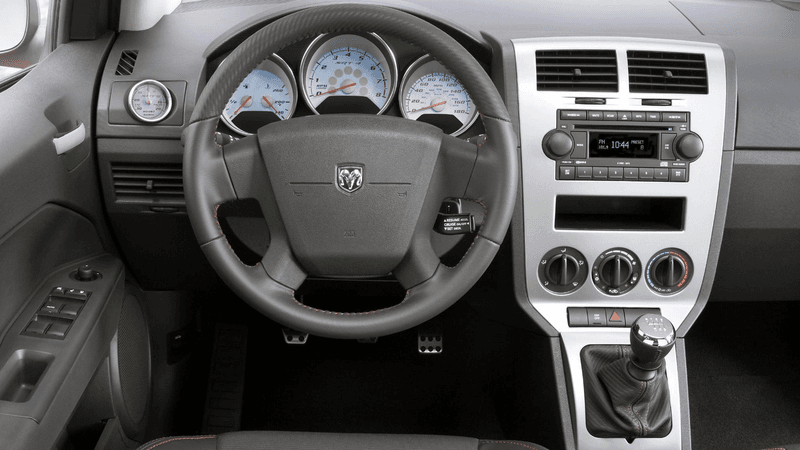
Run your hand along a Chrysler’s interior surfaces and you’ll notice the abundance of hard plastics where competitors use soft-touch materials.
The cabin feels more like a budget rental car than something you’d proudly own. Panels often don’t line up correctly, and squeaks and rattles emerge after minimal mileage.
Even in their flagship models, interior quality takes a backseat to cost-cutting measures that become painfully obvious during daily driving.
5. Limited Vehicle Selection

Shopping for a Chrysler feels like visiting a restaurant with only three items on the menu.
Their lineup has shrunk dramatically over the years, leaving buyers with precious few options compared to other manufacturers.
Currently, Chrysler offers just the 300 sedan and Pacifica minivan. Want a compact SUV, a sporty coupe, or an electric vehicle?
You’ll need to look elsewhere, as Chrysler’s limited model range cannot accommodate diverse driver needs or preferences.
6. Maintenance Money Pit

Maintenance costs for Chryslers routinely exceed industry averages.
A study by YourMechanic found Chrysler owners spend approximately $10,600 on maintenance over a ten-year period—significantly higher than many competitors.
Even routine service visits tend to uncover additional issues requiring attention.
Parts pricing adds insult to injury, with some components costing substantially more than equivalent parts for Japanese or Korean vehicles despite their questionable quality.
7. Transmission Troubles

Transmission failures haunt Chrysler’s reputation like ghosts in an old mansion. Their 9-speed automatic transmissions, in particular, have been plagued with shifting problems, hesitation, and premature failures.
Forums and owner groups overflow with transmission horror stories.
Many drivers report issues before hitting 60,000 miles—long before such critical components should fail.
Replacement costs? Prepare for a bill that could exceed $4,000 when these notorious transmissions give up the ghost.
8. Materials That Don’t Last

Flimsy door handles crack under normal use. Seat materials wear through at pressure points within a few years. Dashboard surfaces fade and warp when exposed to sunlight.
Chrysler’s choice of subpar materials becomes apparent as vehicles age. Paint quality also raises concerns, with thin application leading to premature fading and chipping.
For long-term ownership, these material shortcomings translate to a car that looks and feels much older than its actual age.
9. Resale Value Blues
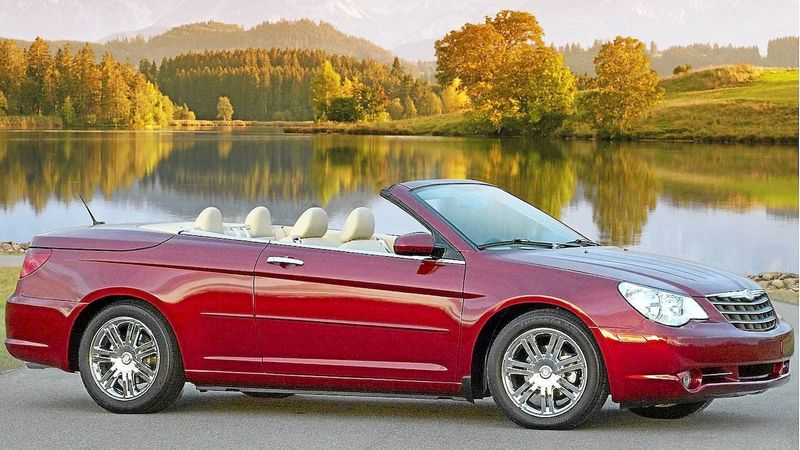
Trying to sell a used Chrysler often leads to disappointment and financial loss.
Their vehicles typically retain only 40% of their original value after five years—substantially lower than industry leaders like Toyota and Honda.
Private buyers approach used Chryslers with extreme caution, knowing the brand’s troubled history.
This tepid market means you’ll likely need to accept lowball offers or endure a lengthy selling process just to unload your Chrysler when upgrade time comes.
10. Quality Control Roulette
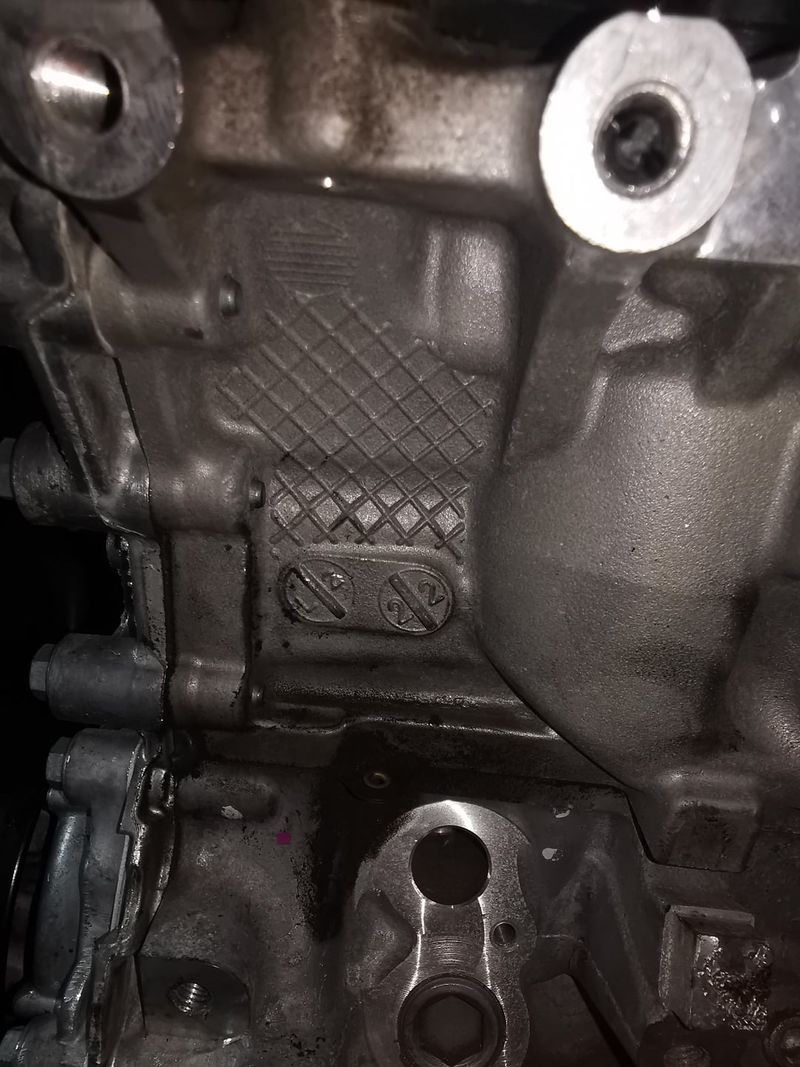
Manufacturing inconsistency means buying a Chrysler feels like a gamble.
Two identical models from the same production line can have dramatically different build quality and reliability outcomes.
Monday cars versus Friday cars? The phenomenon seems especially true with Chrysler. Owner experiences vary wildly, with some reporting relatively trouble-free vehicles while others face endless problems.
This inconsistency speaks volumes about inadequate quality control processes at Chrysler’s manufacturing facilities.
11. Disappointing Longevity
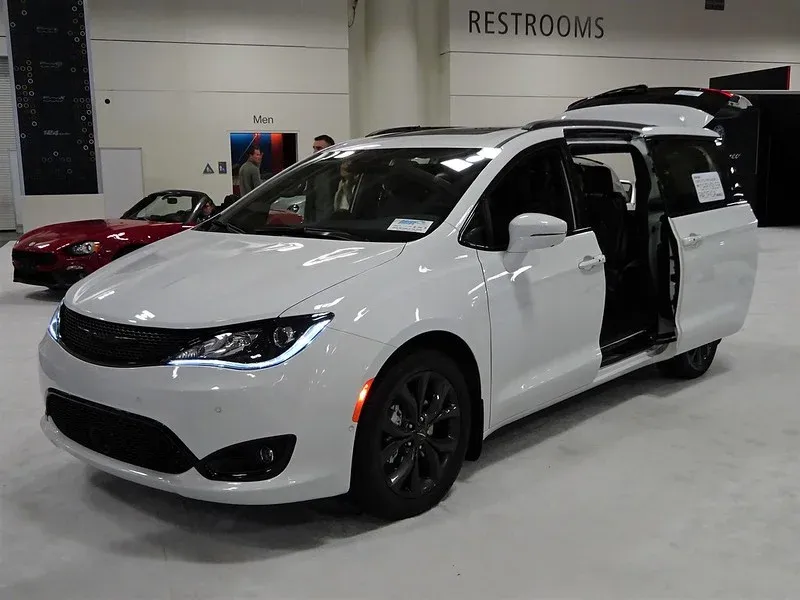
Long-term durability remains a serious concern with Chrysler vehicles.
While competitors routinely see their vehicles reach 200,000+ miles, many Chryslers develop significant issues before the 100,000-mile mark.
Major components like engines and transmissions often require costly repairs or replacement far earlier than expected.
The brand’s troubled history with longevity means fewer high-mileage Chryslers remain on the road compared to vehicles from more reliable manufacturers.
12. Unhappy Owners Club

J.D. Power’s customer satisfaction surveys consistently place Chrysler below industry averages.
Actual owners report frustration with everything from dealer experiences to vehicle performance and reliability. Online forums overflow with regretful Chrysler owners sharing cautionary tales.
The pattern of dissatisfaction spans decades and multiple model generations, suggesting deep-rooted issues rather than isolated problems.
Customer loyalty rates tell the real story—Chrysler has one of the lowest repurchase rates in the industry.
13. Gas-Guzzling Tendencies
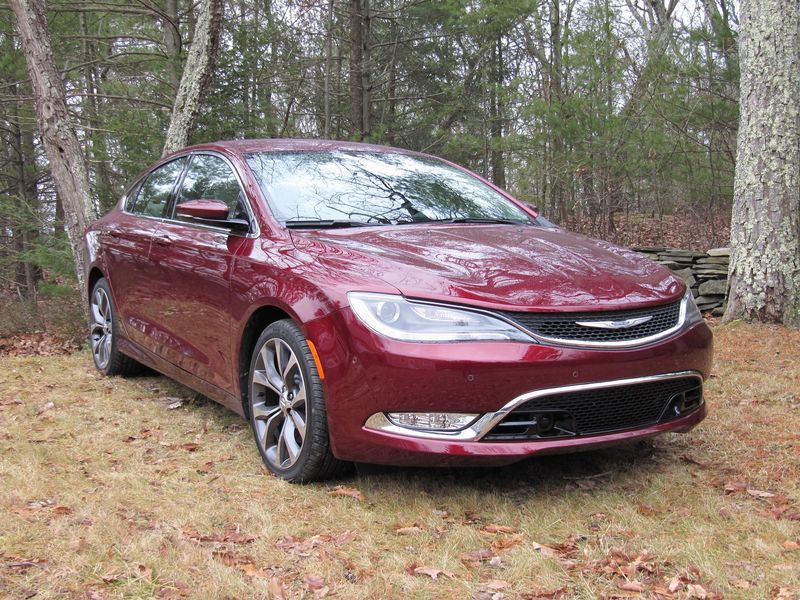
Fuel economy figures for Chrysler vehicles typically lag behind class competitors.
Their V6 and V8 engines prioritize power over efficiency, while their transmission tuning often fails to optimize for fuel savings.
Real-world mileage frequently falls short of EPA estimates by a wider margin than competitors.
This efficiency gap translates to hundreds of extra dollars spent at the pump annually. As fuel prices rise, Chrysler owners feel the pinch more acutely than drivers of more efficient vehicles.
14. Infotainment Frustrations
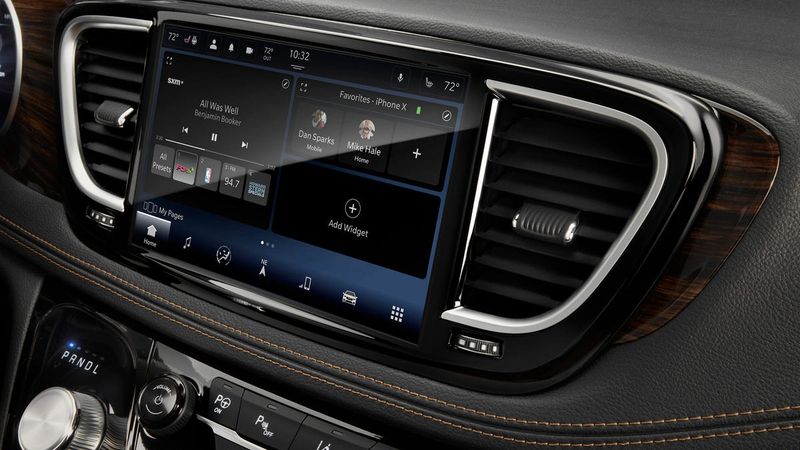
Uconnect, Chrysler’s infotainment system, has improved in recent years but older models suffer from sluggish interfaces and frequent glitches.
Screen freezes and system crashes occur with alarming regularity in models from just a few years ago.
Bluetooth connectivity problems plague many vehicles, making phone pairing an exercise in patience. Software updates, when available, often fail to resolve underlying issues.
For drivers who value seamless tech integration, these persistent problems quickly transform from minor annoyances to major headaches.
15. Recall Record Woes
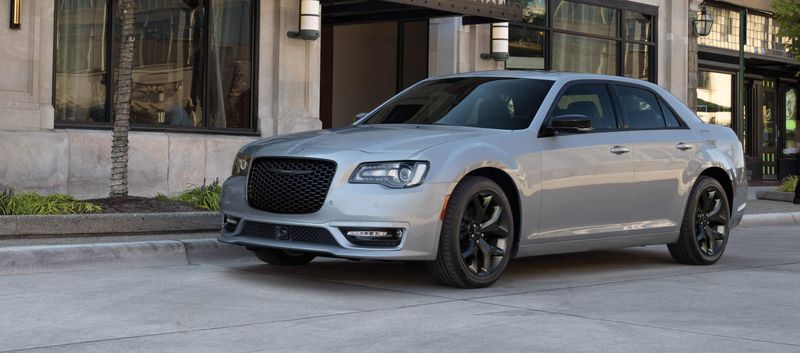
Chrysler’s recall history reads like a mechanical horror novel.
Models like the 200, 300, and various Jeep products have faced multiple safety and mechanical recalls, some affecting critical systems like airbags, braking, and electrical components.
These frequent recalls mean inconvenient dealer visits and potential safety risks.
Even more concerning, compliance with recall repairs hovers around 70%, meaning many Chryslers on the road today still have unaddressed safety issues despite manufacturer notifications.
16. Innovation Deficit

While competitors push boundaries with hybrid powertrains, autonomous driving features, and revolutionary materials, Chrysler plays it safe with incremental updates to aging platforms.
Their innovation pipeline appears notably thin compared to industry leaders.
The brand was late to adopt now-standard features like direct injection, turbocharging, and advanced driver assistance systems.
This technology gap widens each year as Chrysler struggles to keep pace with faster-moving competitors who invest more heavily in research and development.
17. Safety Score Shortfalls
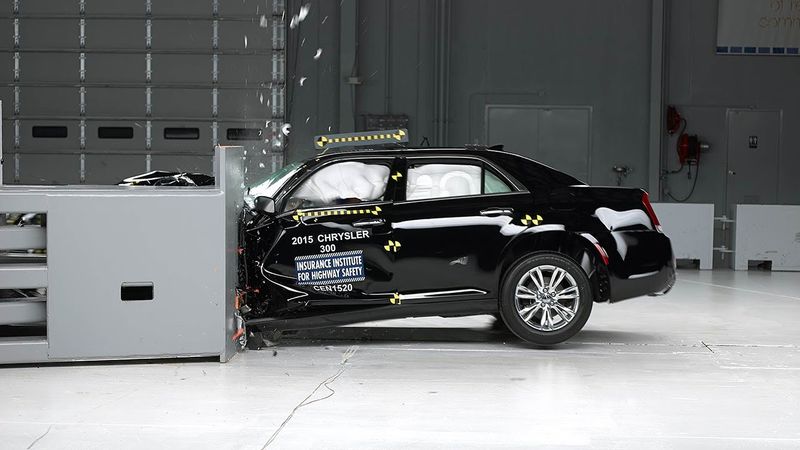
Crash test results tell a concerning story about Chrysler’s commitment to occupant protection.
While not universally poor, their vehicles frequently earn lower safety ratings from IIHS and NHTSA than direct competitors.
Advanced safety features that come standard on many vehicles cost extra on comparable Chryslers.
Pedestrian detection, lane-keeping assistance, and automatic emergency braking—all increasingly standard across the industry—remain optional on many Chrysler models, relegating crucial safety tech to the options list.
18. Pricey Parts Problems

Replacement parts for Chryslers often carry premium price tags without delivering premium quality.
Something as simple as an alternator can cost 30-40% more than parts for comparable non-Chrysler vehicles.
This parts pricing strategy hits owners hard during out-of-warranty repairs. The combination of frequent component failures and expensive replacement parts creates a particularly painful ownership experience.
Even DIY-minded owners face sticker shock when purchasing parts for routine maintenance and repairs.
19. Lackluster Handling Experience
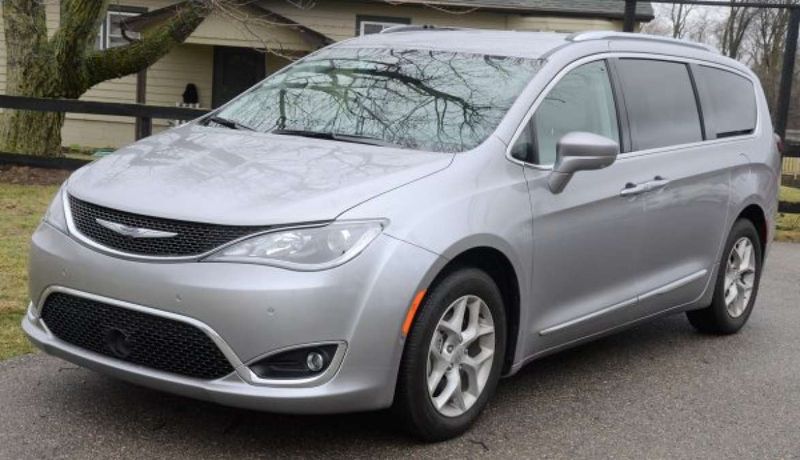
Behind the wheel, Chryslers often deliver a disconnected driving experience with numb steering feel and uninspiring handling characteristics.
Their suspension tuning typically favors a soft ride at the expense of road feedback and driver engagement. Body roll in corners exceeds what you’d experience in similarly priced vehicles from other manufacturers.
This driving dynamic might appeal to those seeking maximum isolation from the road, but enthusiasts and drivers who value vehicle responsiveness will find Chrysler’s handling philosophy disappointingly detached.
20. Engine Issues Galore
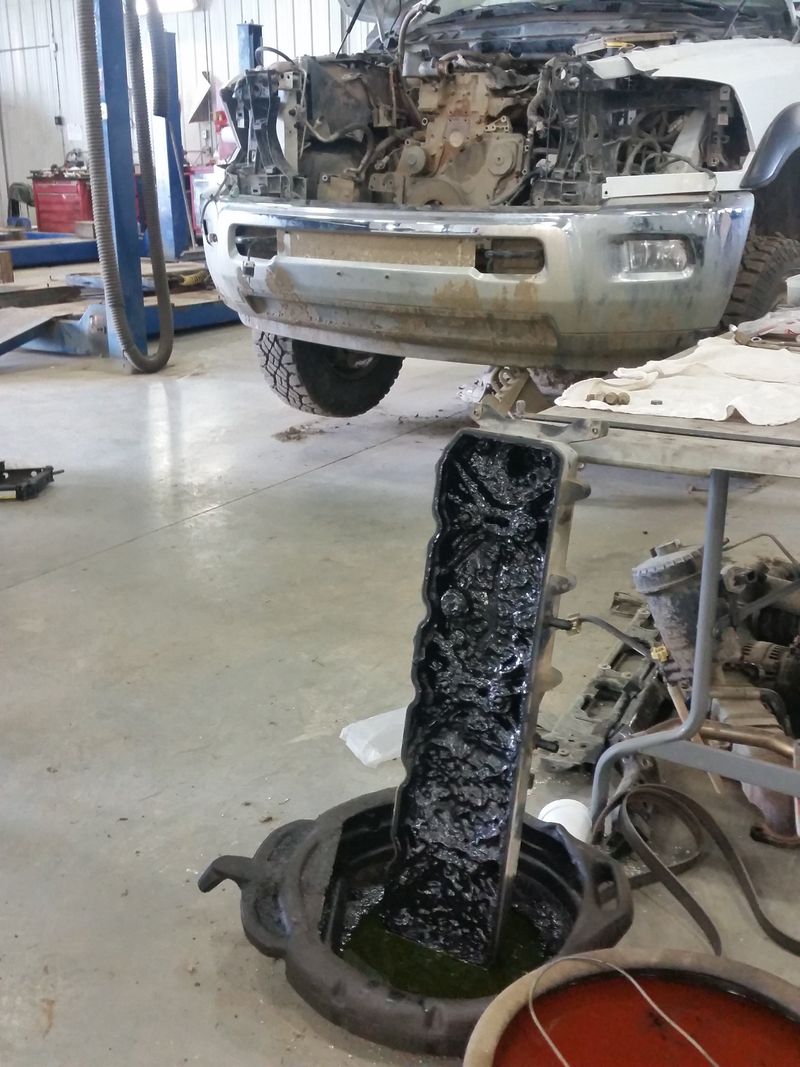
Certain Chrysler engines have earned notoriety for specific problems. The 2.7L V6 developed oil sludge issues that led to premature failure.
The 3.6L Pentastar suffered from cylinder head problems that could leave drivers stranded.
Timing chain failures plague several powerplants, creating expensive repair scenarios. Oil consumption problems affect multiple engine families across production years.
These recurring engine concerns represent not just inconvenience but potentially catastrophic failures requiring complete replacement.
21. All-Wheel Drive Limitations
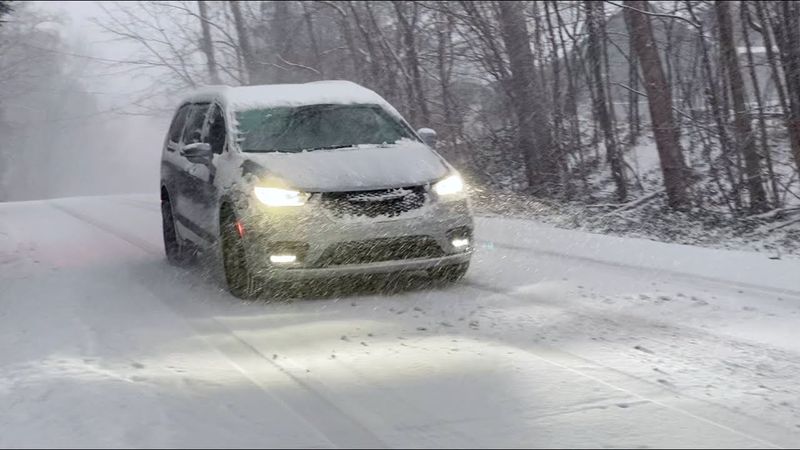
While competitors offer all-wheel drive across multiple vehicle categories, Chrysler’s AWD options remain severely limited.
This restriction becomes particularly problematic for buyers in snow-belt states or areas with challenging weather conditions.
Even when AWD is available, the systems typically lack the sophistication and capability found in competitors.
Performance in adverse conditions falls short of expectations, with less effective torque distribution and traction management than systems from manufacturers who prioritize all-weather capability.
22. DIY Repair Headaches
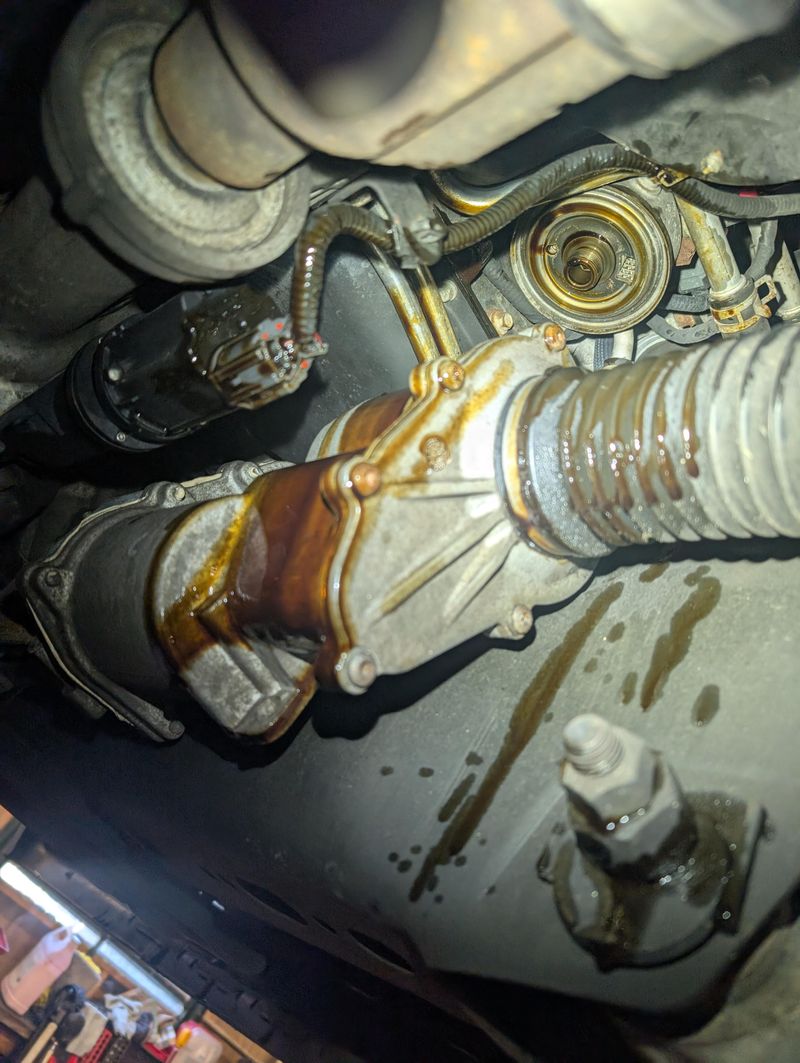
Home mechanics often encounter frustrating design choices that make DIY repairs on Chryslers unnecessarily complicated.
Simple maintenance tasks like battery replacement on certain models require removing multiple components just to gain access.
Engineering decisions frequently prioritize assembly efficiency over serviceability. Oil filter locations, spark plug accessibility, and fluid change procedures can be needlessly complex.
These design choices force many owners to pay dealer service rates for routine maintenance they could otherwise perform themselves.
23. Shrinking Dealer Network
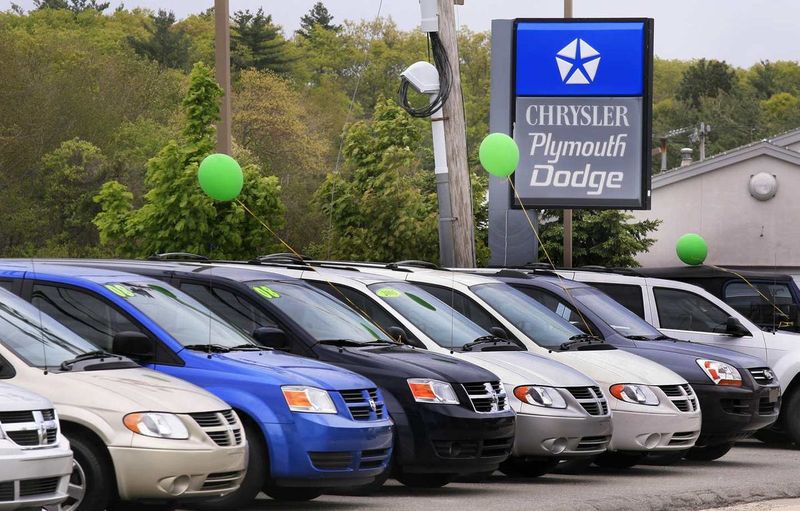
Chrysler’s dealer network has contracted significantly over the past decade. This shrinkage means fewer service options and potentially longer drives for warranty work or specialized repairs.
Fewer dealers also translates to less competitive pricing on new vehicles. With limited options for shopping around, Chrysler buyers often face less favorable purchase terms.
The reduced competition among dealers particularly impacts rural areas, where the nearest Chrysler service facility might now be hours away.
24. Styling Stuck in the Past
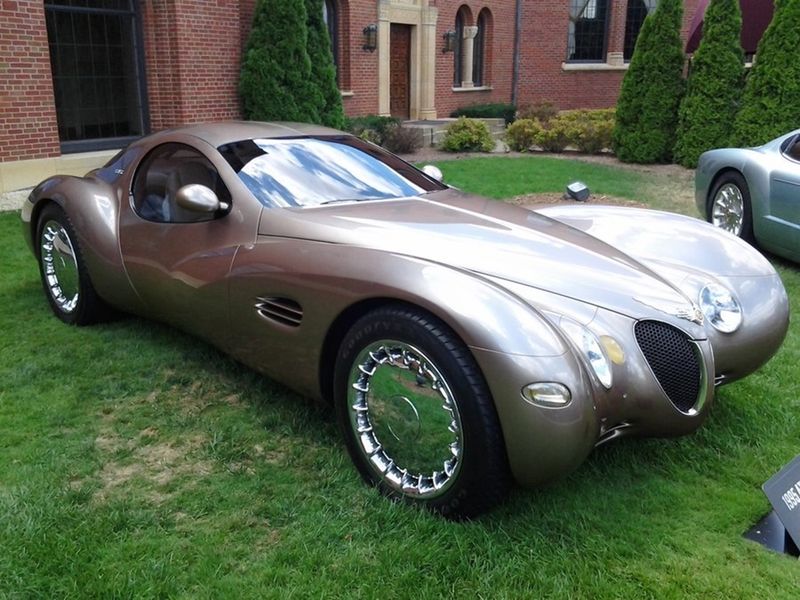
Chrysler’s design language has evolved at a glacial pace, with models like the 300 maintaining essentially the same look for over a decade.
This design stagnation makes even new Chryslers appear dated compared to freshly styled competitors.
Interior aesthetics similarly lag behind industry trends, with dashboard layouts and control arrangements that feel from a previous era.
For style-conscious buyers, Chrysler’s reluctance to embrace contemporary design cues represents a significant drawback in an image-conscious marketplace.
25. Visibility Challenges
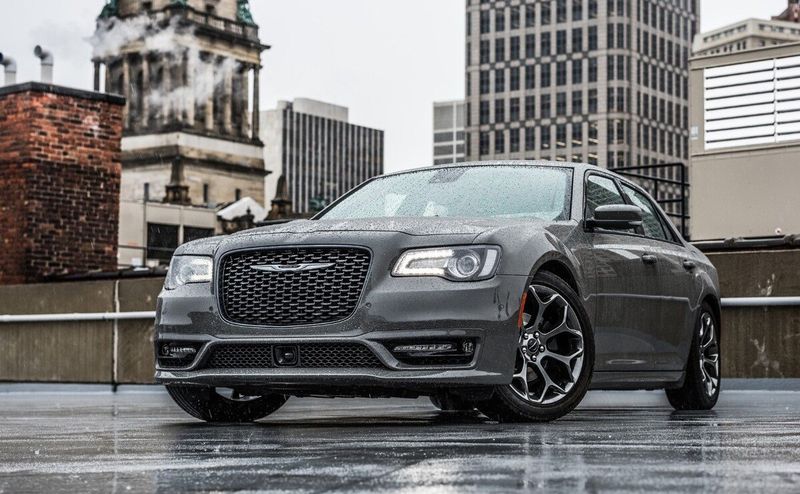
Thick A-pillars and high beltlines create significant blind spots in several Chrysler models.
The 300 sedan, in particular, suffers from compromised outward visibility that can make lane changes and parking maneuvers unnecessarily stressful.
Rear visibility issues plague multiple models as well. While backup cameras help mitigate these problems, the fundamental design choices that create these visibility challenges remain.
For drivers who value clear sightlines and confidence in traffic, these visibility limitations present daily frustrations.
26. Clunky Transmission Shifts
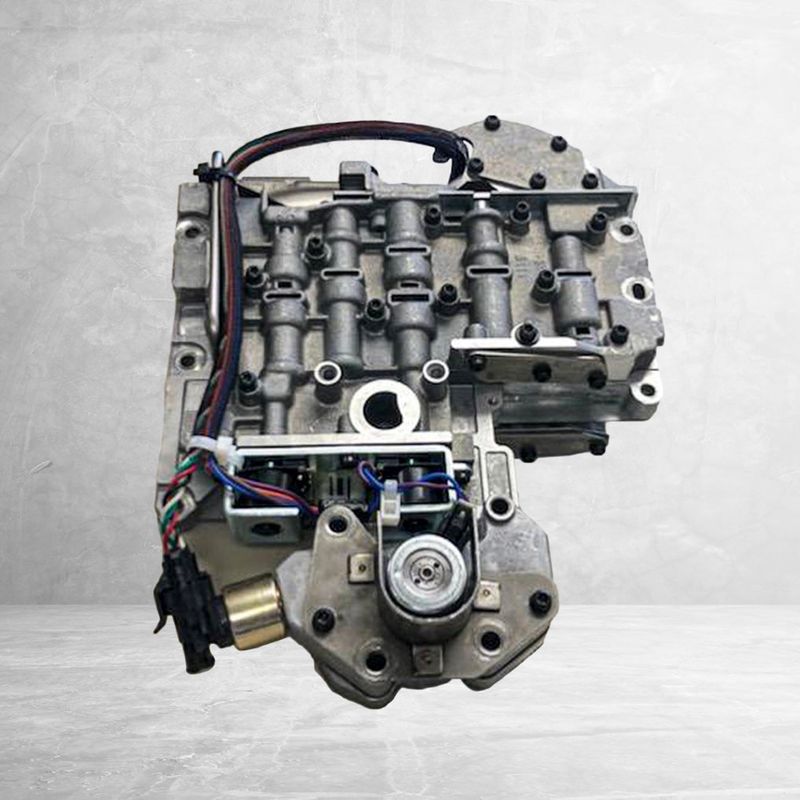
Jerky gear changes and hunting between ratios characterize many Chrysler transmissions.
Their 8-speed and 9-speed automatics, while offering theoretical efficiency benefits, often deliver a rough driving experience that feels unrefined.
Cold weather exacerbates these shifting issues, with many owners reporting particularly problematic operation until the vehicle reaches operating temperature.
Programming updates have attempted to address these concerns, but the fundamental shift quality lags behind the smooth operation found in transmissions from Toyota, Honda, and Mazda.
27. Insurance Cost Surprise
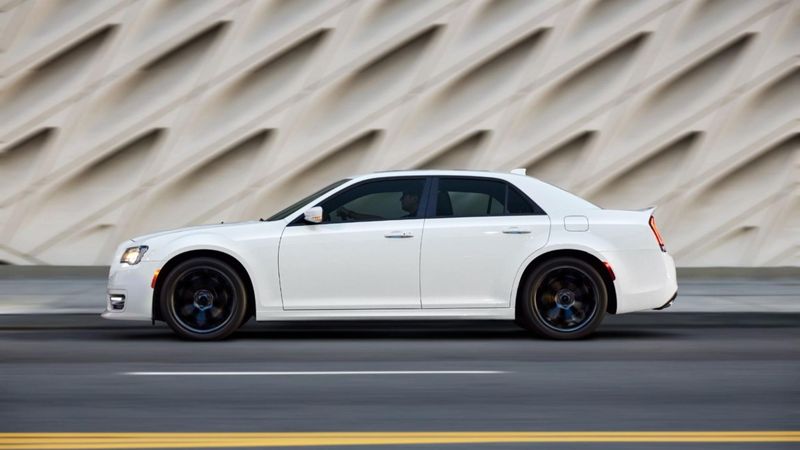
Insurance companies price policies based on claims history and repair costs—both areas where Chryslers perform poorly.
As a result, coverage often costs more than for comparable vehicles from other manufacturers.
The higher frequency of claims and more expensive repair costs drive these premium increases. Some models face particularly steep insurance costs due to poor safety ratings or theft statistics.
First-time Chrysler buyers frequently experience sticker shock when receiving their insurance quotes after purchase.
28. Concert-Ruining Cabin Noise
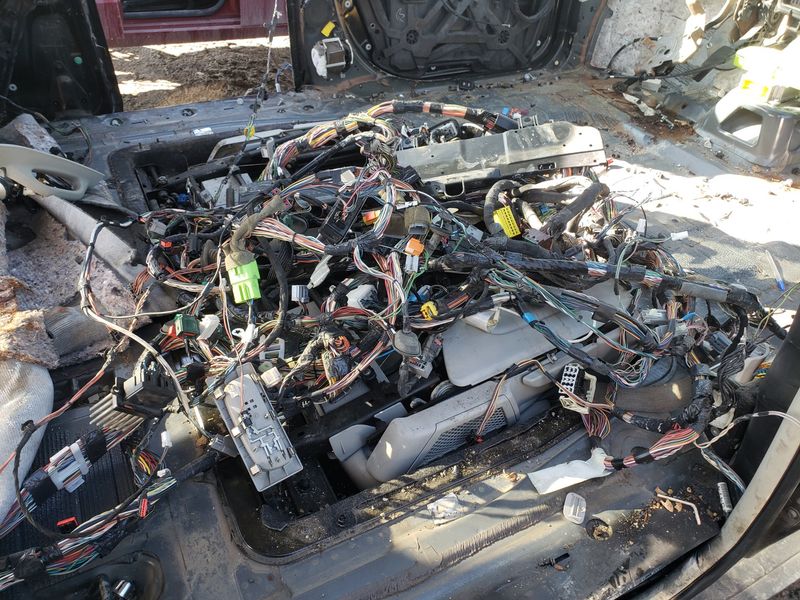
Inadequate sound insulation allows excessive road and wind noise to penetrate the cabin, particularly at highway speeds.
This noise intrusion creates a fatiguing environment on longer drives and makes conversation or music enjoyment more difficult.
Tire noise transmits directly into the passenger compartment on many models. Engine sounds penetrate the firewall more than in competitors’ vehicles.
These noise control deficiencies reflect cost-cutting measures in areas that significantly impact the daily driving experience.
29. Aftermarket Support Desert
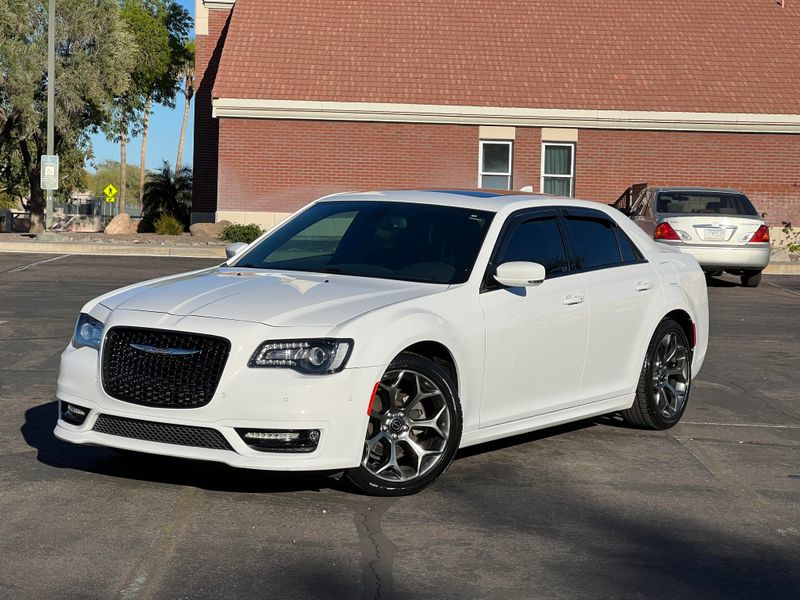
Enthusiasts and long-term owners face limited aftermarket parts and upgrade options compared to more popular vehicle brands.
This scarcity affects everything from performance enhancements to cosmetic modifications.
When aftermarket parts are available, they often come with premium pricing due to lower production volumes.
This limited support ecosystem becomes particularly problematic as vehicles age and factory parts become scarce.
For owners who enjoy personalizing their vehicles, the thin aftermarket catalog represents a significant disadvantage.
30. Base Trim Disappointments
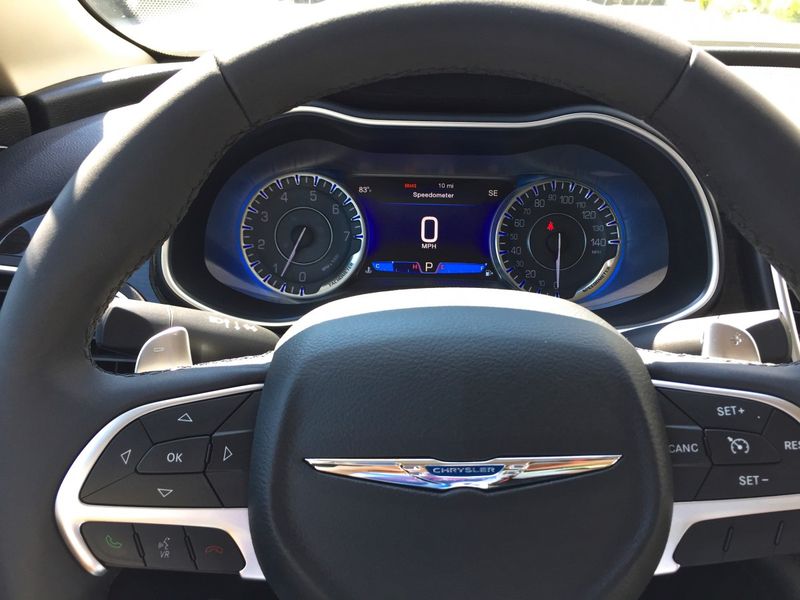
Entry-level Chryslers often feel severely underpowered and under-equipped.
Base engines struggle to move these vehicles with any semblance of authority, creating anxiety-inducing highway merging and passing situations.
Standard equipment lists look sparse compared to similarly priced competitors. Features that come standard on base models from other manufacturers frequently require expensive option packages on Chryslers.
This value equation makes base trim Chryslers particularly poor choices for budget-conscious buyers.
31. Electrical Gremlins Abound

Electrical problems plague Chrysler vehicles at rates exceeding industry averages.
Power window failures, dashboard warning lights that illuminate randomly, and complete electrical system shutdowns occur with concerning frequency.
These issues prove particularly frustrating because diagnosis often requires specialized equipment. Intermittent electrical gremlins can elude even experienced technicians, leading to repeat repair visits.
Modern Chryslers’ heavy reliance on interconnected electronic systems means that even minor electrical faults can cascade into major functionality problems.
32. Total Ownership Expense Shock
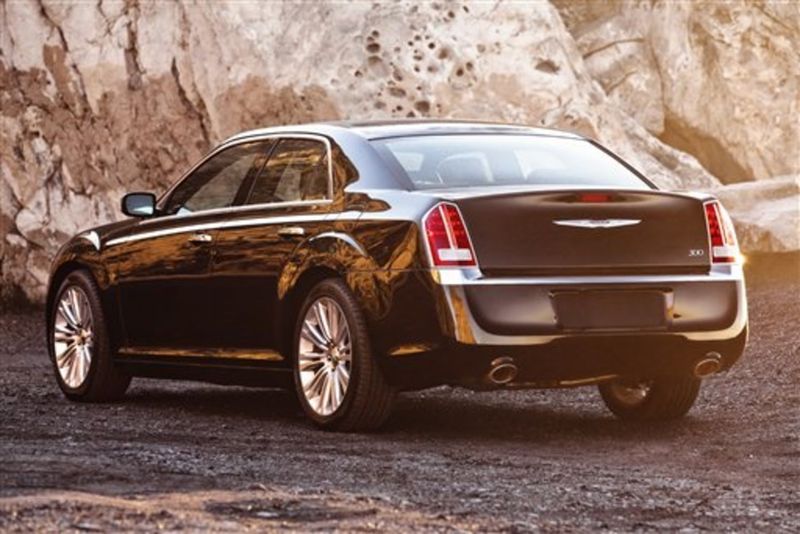
When calculating the true cost of ownership—including depreciation, fuel, insurance, maintenance, and repairs—Chryslers consistently rank among the most expensive vehicles to own long-term.
This cost disadvantage spans their entire model lineup. Edmunds and KBB ownership cost calculators reveal the financial penalty of Chrysler ownership.
What might seem like a good deal at purchase quickly becomes an economic burden. The five-year ownership costs can exceed comparable vehicles by thousands of dollars.
33. Superior Alternatives Everywhere
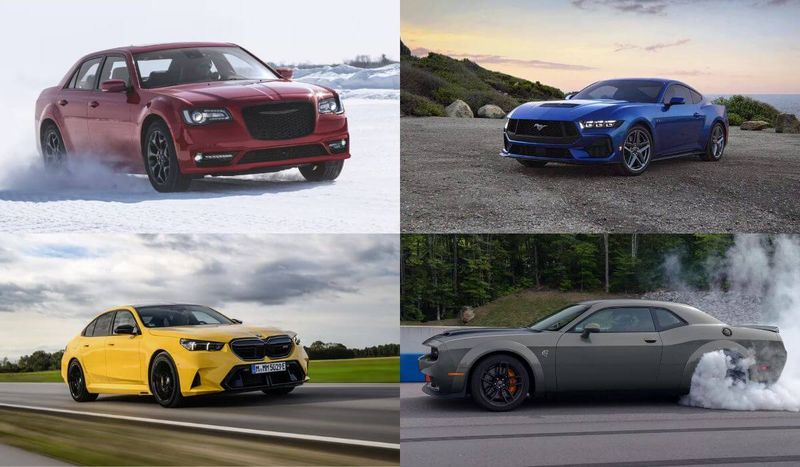
For every Chrysler model, numerous superior alternatives exist at similar price points.
The Pacifica minivan faces stiff competition from the Honda Odyssey and Toyota Sienna, both offering better reliability records and resale value.
The aging 300 sedan is outclassed by the Toyota Avalon, Kia Cadenza, and Nissan Maxima in most objective measures.
Whatever attributes attract you to a Chrysler, you can likely find those same qualities—plus better reliability and value retention—in vehicles from competing manufacturers.
